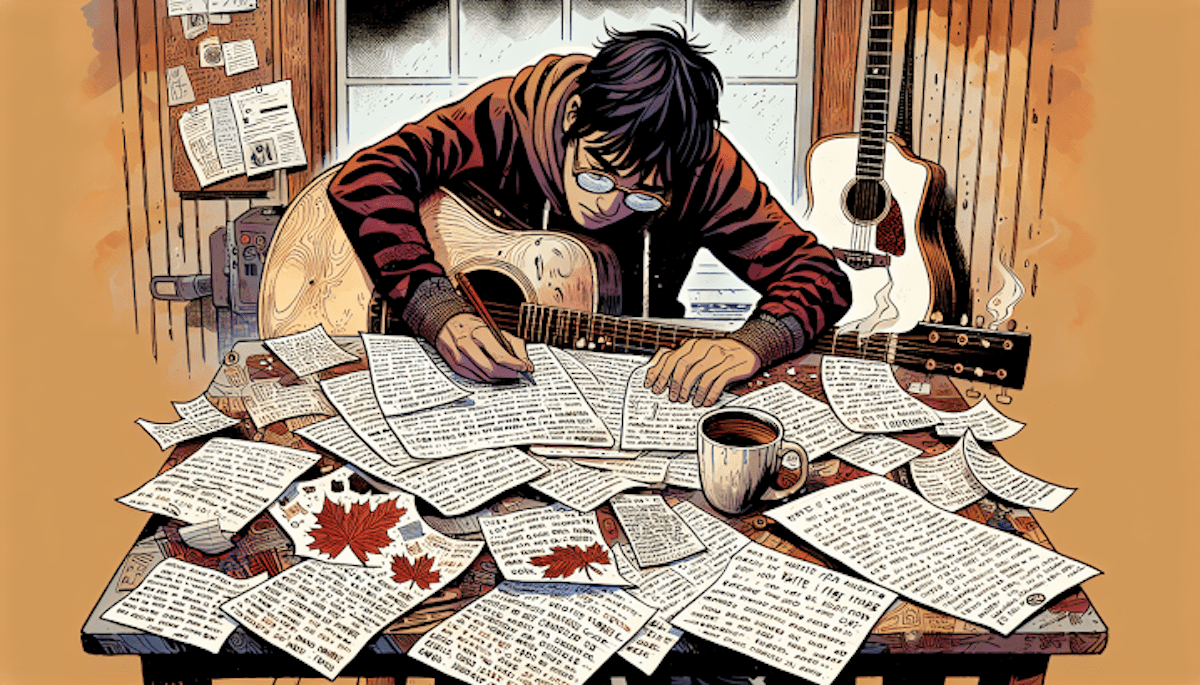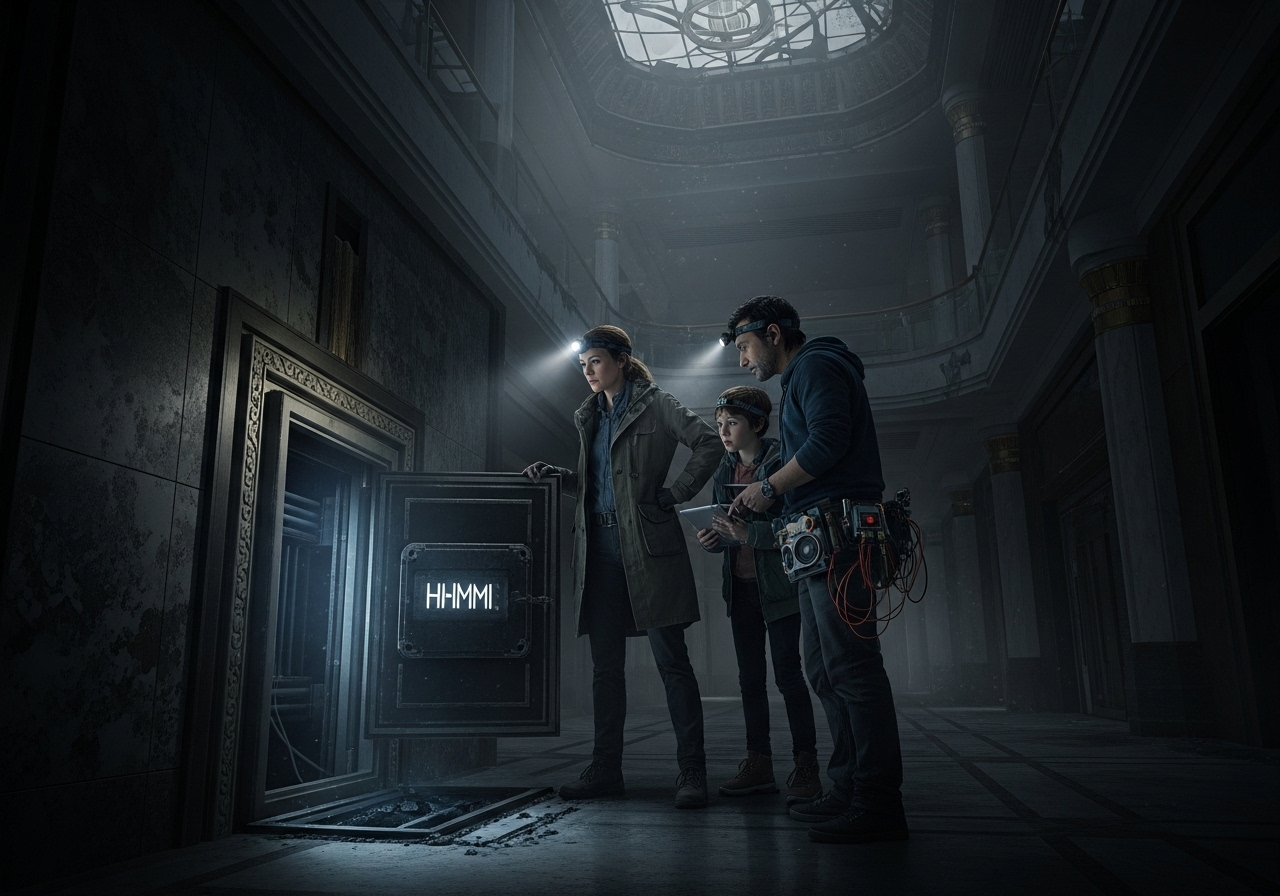
The Story’s Deeper Truth
We’ve journeyed through the vibrant pulse of character, the living landscape of world-building, the winding river of plot, and the fiery engine of conflict. Each element, vital in its own right, builds towards something more profound. Yet, have you ever finished a story—a book, a film, a spoken narrative—and felt it linger, not just in your memory, but in your very soul? It wasn’t simply because the protagonist triumphed, or the mystery was solved. It was because the story whispered a deeper truth, a universal echo that resonated long after the final word. This is the elusive, yet indispensable, power of theme.
Many aspiring storytellers, myself included when I was first finding my voice, often stumble here. We might mistake theme for a moral lesson or a preachy statement. It’s not about writing, “And the moral of the story is…” or forcing your audience to agree with a particular viewpoint. In fact, the moment you explicitly state your theme, you often diminish its power. It transforms from an immersive experience into a lecture, and stories, at their heart, are meant to be felt, not just understood.
Theme: The Narrative’s Unseen Core
Instead, think of theme as the story’s unseen core, the underlying idea or question that pulses beneath every character’s decision, every detail of the world, every twist in the plot, and every spark of conflict. It’s the philosophical undercurrent that gives meaning to the events, the unspoken question the narrative implicitly asks, inviting your audience to ponder alongside your characters. It might be about “redemption,” “the nature of sacrifice,” “the cost of ambition,” or “the search for belonging.” Whatever it is, it’s not a billboard; it’s a watermark.
Consider a master weaver creating a magnificent tapestry. They don’t just lay down a single, bold thread across the middle and declare, “This is the meaning!” Instead, they meticulously weave countless individual threads—different colours, textures, and patterns—each contributing to the overall design. Only when you step back do you see the full, intricate picture, and the deeper message it conveys. Your theme is that overarching design, subtly integrated into every fibre of your narrative.
Weaving Profound Ideas into Narrative
So, how do you weave this profound idea without resorting to explicit statements? It begins with understanding that every element of your story can serve as a conduit for your theme.
Characters as Embodiments: Your characters, in their struggles and triumphs, become living embodiments of your theme. If your theme is about “courage in the face of fear,” show us a character who is terrified but chooses to act anyway, repeatedly, throughout the narrative. Their arc, their personal journey, naturally reflects and explores the theme. Don’t tell us they are courageous; show us the arduous choices they make and the trembling hands that make them.
Worlds as Metaphors: The world you’ve meticulously built can become a powerful metaphor for your theme. A crumbling, dystopian city might speak to themes of “loss of freedom” or “societal decay.” Conversely, a vibrant, interconnected forest could embody “harmony” or “the power of community.” The environment itself can reinforce and deepen the thematic resonance, often without a single word being spoken directly about it.
Conflict as Exploration: The central conflict isn’t just about propelling the plot; it’s the engine that forces your characters to confront the very questions your theme poses. If your theme explores “the illusion of control,” present your characters with situations where their best-laid plans unravel, forcing them to adapt, to let go, or to recognize their limitations. The obstacles they face and the choices they make in overcoming them illuminate the thematic core.
Subtext and Symbolism: Often, the most profound themes emerge through subtext, through recurring symbols, and through the cumulative weight of small, seemingly insignificant moments. It’s the subtle glance that conveys a deeper longing, the repeated motif that whispers a hidden truth, the unspoken tension that collectively builds towards a profound understanding. This layered approach trusts your audience to connect the dots, inviting them into a deeper, more personal engagement with your story.
The Lasting Resonance of Implicit Themes
When a theme is woven implicitly, it invites the audience to participate in its discovery. They don’t just passively receive a message; they actively engage with the narrative, drawing their own conclusions, feeling the truth resonate within their own experiences. This collaborative discovery is what makes a story truly unforgettable and universally relevant, transforming it from a mere sequence of events into a resonant echo that provokes lasting thought.
To craft a story with enduring power, don’t just tell us what happens. Show us why it matters. Let your theme be the quiet, insistent hum beneath the surface, the resonant echo that provokes thought, sparks conversation, and leaves your audience richer for having experienced your world and your characters. It’s not about dictating truth, but about revealing it, one subtle, powerful thread at a time.
This summer, our arts program is a vibrant hub for artists and the arts sector across Winnipeg, Manitoba, and Northwestern Ontario. We’re providing professional development and storytelling opportunities, with the goal of equipping artists with the tools they need to grow and succeed. This entire initiative is made possible thanks to the support of the Minneapolis College of Art and Design and the Ontario Arts Council, whose funding is helping to support this season’s valuable mentorship and internship program.






